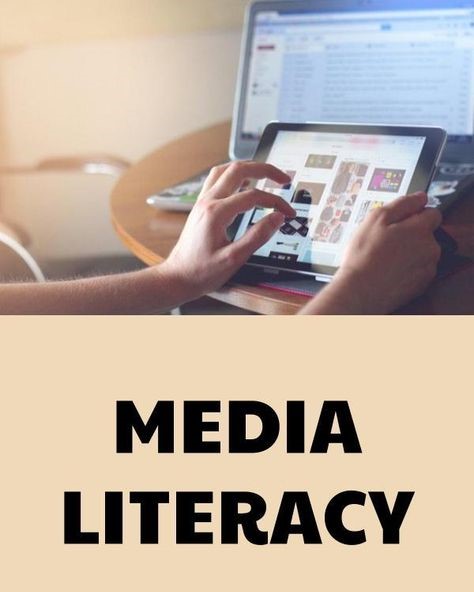Introduction:
In a world where information is widely available through diverse media platforms, it is essential for students to develop their media literacy skills. As teachers, it’s our responsibility to provide engaging activities that help them build these abilities. In this article, we’ll explore four fun and quick activities for your students that can strengthen their media literacy skills.
1. Fact or Fiction:
This activity aims to teach students how to distinguish between facts and fiction when consuming information on the internet. Divide your students into groups, and give each group a piece of news or an article from a website. Ask them to analyze the information provided in the source and determine if it’s fact or fiction. Encourage them to look for clues such as source credibility, language used, and if other trusted sources report the same information. Afterward, initiate a class discussion about each source, reviewing the process they went through to determine its veracity.
2. Social Media Detective:
Understanding social media profiles can be difficult, but knowing how to read between the lines is crucial for students’ digital safety. Have your students examine different social media profiles (either pre-selected by you or allowing them to choose profiles of interest) while comparing legitimate accounts with fake profiles. This activity prompts healthy skepticism towards online personas and encourages critical thinking about what makes some profiles suspicious.
3. Image Analysis Challenge:
Visual content plays a vital role in modern-day media consumption, which includes deciphering misinformation within images. For this challenge, provide your students with an assortment of images (some altered and some unaltered). Have them analyze if the images have been manipulated or not using techniques like reverse image search or looking for inconsistencies within the photo elements. This exercise improves their ability to read visual cues critically while helping them understand how images can deceive viewers.
4. Create Your Own News Story:
One of the best ways to build media literacy skills is by creating media content. Divide your students into groups and give them a scenario or topic from which they can create their own news story. Have them consider aspects such as headlines, body content, images, and presentation. Once the stories are completed, share them with the class and discuss how they would evaluate other sources using the principles learned during this activity.
Conclusion:
Building media literacy skills is crucial for students navigating today’s information-saturated world. By incorporating these four fun and quick activities into your lessons, you’ll not only help students develop these skills but also promote critical thinking, creative problem-solving, and a deeper understanding of how media shapes our perceptions of reality.


